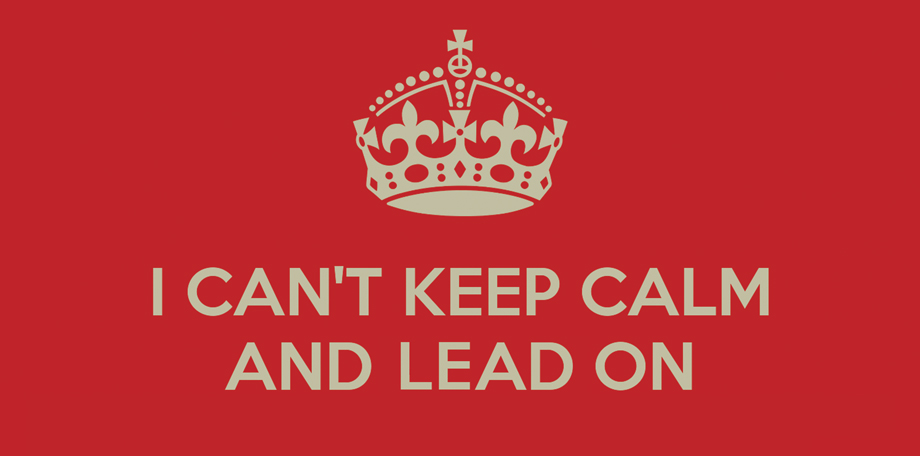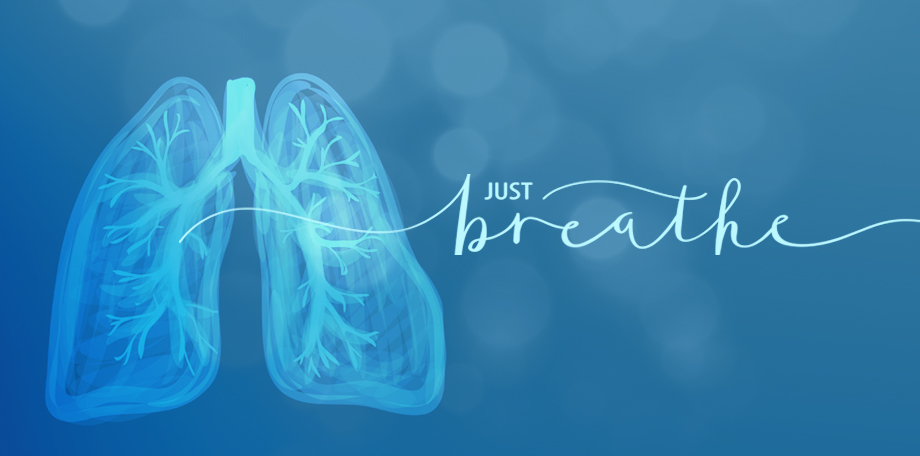There’s one skill all leaders need to master. It doesn’t get the nightly news headlines, it isn’t the latest technological advance, but its benefits are almost too good to be true. When you are able to master this technique, you will think more clearly, feel more energized and be more effective in your interactions. Not to mention, it generates better health and well-being. So, what is this magic pill?
Breathing.
Sorry if you are disappointed by this revelation, but I’ve found in my 25+ years of coaching executives that not enough attention is given to this simple action that fuels our lives. When I’ve recommended breathing exercises to some clients, they respond that this is too fluffy or too spiritual or that it’s just too simple.
Breathing as a Muscle
Mental fitness is all about minimizing fight-or-flight responses and keeping your body, mind, and energy in a predominantly anabolic or restorative state. Most of the mental fitness muscles focus on choices or mental skill, but this muscle is different because it’s actually in the body.
Related: What is Mental Fitness and How do you Achieve It?
You will use this muscle to get your body out of a triggered state (anxiety, anger, overwhelm, depression, distress, etc.) and do it rapidly. The timeline is important here because a rapid change is not typically the norm. For most people who have been strongly triggered, they can remain in that state for multiple days.
One of my executive coaching clients, Keith (not his real name), recently came to a coaching session clearly upset. He rushed into my office, threw himself into the chair and started complaining about his CEO, who had told him to drop everything late last Friday afternoon to pull together some data he needed ASAP. Keith had to cancel his special dinner plans with his wife, and he missed a different work deadline, but he delivered the information to his boss late that night.
Keith was incredibly angry that his extra effort went unnoticed by the CEO. In fact, it was five days later, and he was livid that he hadn’t even gotten a response yet. He ranted about this incident for over fifteen minutes before I asked him whether he had made an effective request to his boss about receipt of the data sent or to provide feedback. When he admitted that he hadn’t, we discussed way to break this cycle so that Keith wasn’t simmering in resentment to his own detriment.
Use SOS
If Keith would have realized that his breathing could get him out of that height of anger, he may not have remained in that triggered state for so long. When you are in a strongly catabolic state, your breathing defaults to short, shallow breaths. But what you actually need is a strong supply of oxygen to the brain. Diaphragmatic breathing first gets you that oxygen and it sends a signal to your nervous system that there is no danger. It helps to drastically reduce your recovery time.
- The first step is to stop. As soon as you are aware you are triggered, reactive or upset, stop whatever you are doing or saying. If that means stopping in mid-sentence, so be it!
- Then, oxygenate. Take in a big, deep breath. Make sure your belly is getting bigger. Hold it while you silently count six seconds (don’t cheat – use a watch or the good old “one one-hundred, two one-hundred, three one-hundred way of counting”). Release the breath slowly. Repeat as needed.
- Finally, seek new information. Look for new data, information, or perspectives to try to shift your lens. Those new lenses can open up possibilities for a different response.
This method of oxygenation is the fastest way to physiologically get your body out of a triggered state, but it essential to practice several times a day (when you are not particularly stressed out) to get the rhythm and feel of it. Start applying it when you are under pressure, too.
Practice Makes Normal
Do this exercise with me right now: put your hand on your stomach near your belly button. Simply breathe without changing anything and notice the movement of your hand. If your diaphragm muscle is tight, it may take some time to loosen it up. Work on it daily and deepen your breath as you are able.
Are you still with me, or have you gone down the same path as some of my clients and think this is too easy or not worth your time? You are likely encountering one of these three roadblocks to keeping calm and leading on:
Reason #1: You substitute other relaxation techniques.
You practice yoga or meditation, get massages or use aromatherapy or music to calm down, so why is this breathing practice also needed? Because it helps you get out of the triggered state more quickly than those methods, which can take twenty minutes or more to have an effect on your body.
All of those other relaxation techniques may calm your system, but when it comes down to it, you can turn and alter your breath way more quickly than you can get into a child’s pose. Oxygenation and diaphragmatic breathing can also be done right where you are, without anyone noticing, which is especially helpful for situations at the office.
Reason #2: You think you are already so chill you don’t need this.
If you think this describes you, you may be failing to recognize or acknowledge when you are triggered. You have developed a coping mechanism of denial in order not to feel the discomfort or inconvenience of strong negative feelings. You might know there is a problem on some level, but you try to ignore it to make it go away.
This habit of minimizing, denying or ignoring your feelings makes it even harder for you to catch when you are triggered, because it’s a subtle form of a flight reaction. Whether you think you need it or not, practice the breathing techniques anyway. You are human, and you will get upset, and this is one way to help you recover quickly.
Reason #3: You can’t take a deep breath.
I’ve had clients who hold so much chronic tension in their bodies that they simply aren’t able to take a deep breath. Trying to breathe more deeply is uncomfortable at best, and painful at worst.
This is usually a sign of some significant trauma in their life. They live in a hyperaware, hypervigilant state. They hold themselves very rigidly as a form of self-protection. In these cases, the simple breathing techniques that I’ve outlined here won’t be particularly effective. These individuals need a much more nuanced and holistic approach in order to break up the deep tissue tension such as massage, Rolfing, guided meditations and visualizations. Once the body achieves more mobility, they are able to use the breathing approaches to rapidly shift in moments of trigger.
I devote an entire chapter of my new book Leading Lightly to calming your physiology because it’s a mental fitness muscle that must be exercised regularly. Developing those muscles for deep breathing now can later help get you out of a triggered state quickly so you are able to lead lightly.



